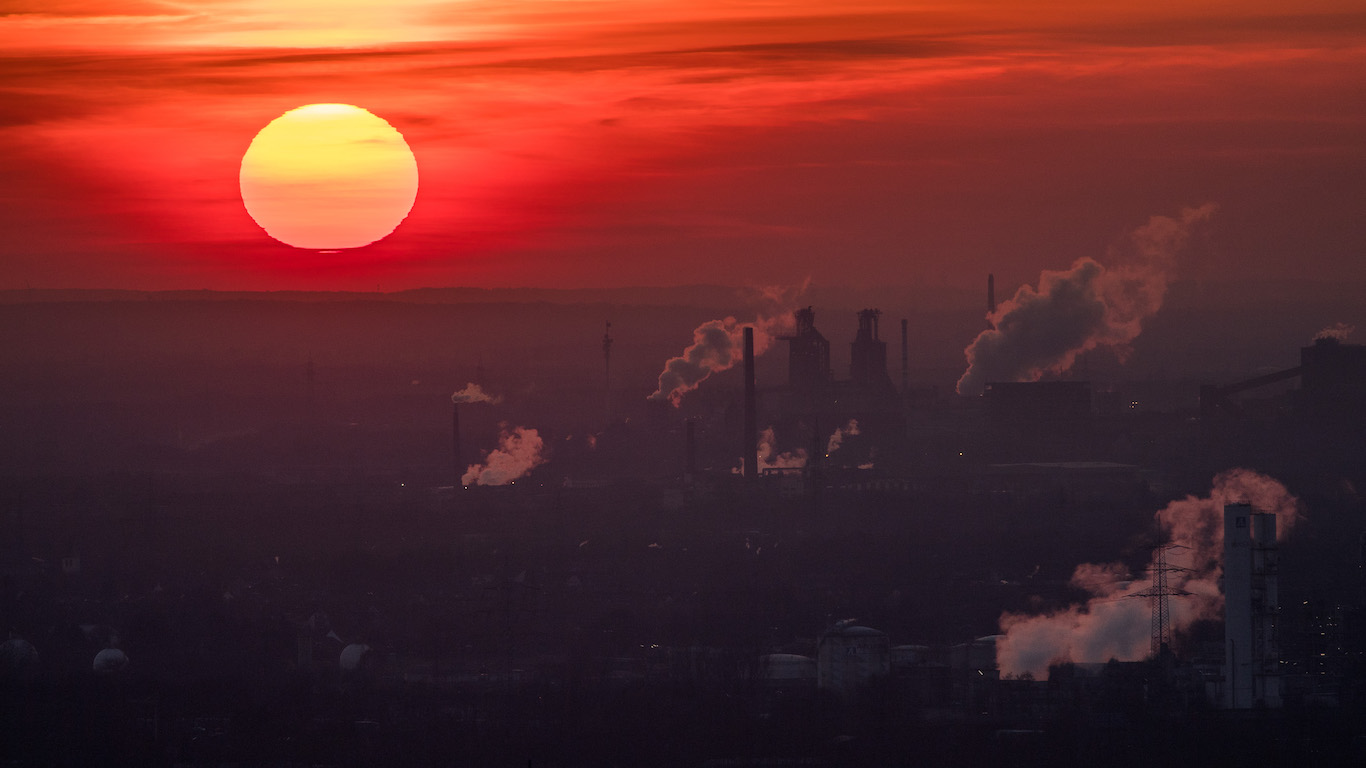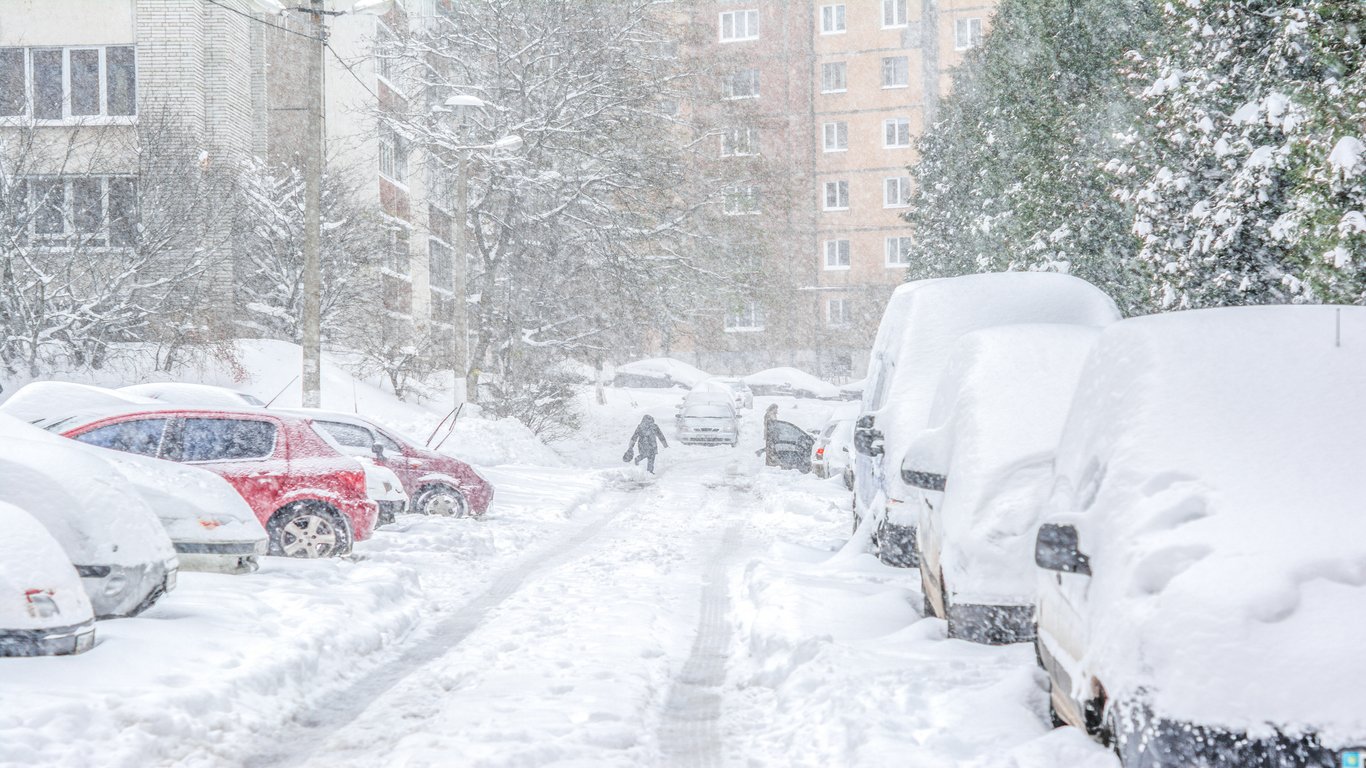

Even people who trust the science behind warnings of climate change have a hard time imagining the actual changes that are likely to occur. Partly that’s due to the relatively long time frame over which climate change happens. That slow drip of change gives us time to adapt until, at some point in the future, the full impact becomes obvious.
For Australians, that impact will occur in just 30 years. By 2050, winter will no longer exist in Australia. The four seasons will be reduced to three: spring, autumn, and “new summer.” Temperatures during new summer are forecast consistently to peak above 40° C (about 104° F) for sustained periods.
To communicate the data behind these projections, a team of designers at Australian National University’s School of Art & Design (SOAD) created a visualization tool that shows how much the average temperature will rise at thousands of places in the country and how many more days of temperatures above 30° C and 40° C people can expect by 2050.
Dr. Geoff Hinchliffe, a senior lecturer at SOAD, described the team’s work: “We looked at the historical average temperatures of each season and compared them to the projected data and what we find everywhere is that there’s really no period of a sustained or lasting winter. In 30 years’ time winter as we know it will be non-existent. It ceases to be everywhere apart from a few places in Tasmania.”
Using the researchers’ visualization tool to look at the climate near Melbourne in 2050, temperatures in the suburb of Burnley are expected to be 3.2° C (5.7° F) hotter than the 30-year average for 1960 to 1990 with 21% less average rainfall. Temperatures will rise above 30° C on 52 days of the year, 20 days more than the 30-year average, and rise above 40° C on six days, five more than the current average.
Last month, two American researchers published a paper in Nature Communications that included an interactive web application that gives a similar warning on the effect of climate change in 540 U.S. cities by the year 2080. If emissions continue to rise during the current century, the “climate of North American urban areas will become, on average, most like the contemporary climate of locations 850 km [about 528 miles] away, mainly to the south.”
For example, with no reduction in current emissions levels, summer temperatures in Chicago will rise by 3.2° C and more closely resemble the current climate near Lansing, Kansas, about 15 miles northwest of Kansas City. The climate in Washington, D.C., in 2080 will most closely resemble today’s climate in northern Mississippi, and San Francisco will feel like today’s Los Angeles.
Both the Australian and American visualizations are attempts to get people to understand what scientists mean by climate change and what it will mean in a few decades time. And if a warmer climate in Chicago doesn’t sound so bad, remember that climate change won’t stop in 50 or 60 years. Unless human behavior changes, the following half-century will only get hotter.
Essential Tips for Investing: Sponsored
A financial advisor can help you understand the advantages and disadvantages of investment properties. Finding a qualified financial advisor doesn’t have to be hard. SmartAsset’s free tool matches you with up to three financial advisors who serve your area, and you can interview your advisor matches at no cost to decide which one is right for you. If you’re ready to find an advisor who can help you achieve your financial goals, get started now.
Investing in real estate can diversify your portfolio. But expanding your horizons may add additional costs. If you’re an investor looking to minimize expenses, consider checking out online brokerages. They often offer low investment fees, helping you maximize your profit.
Thank you for reading! Have some feedback for us?
Contact the 24/7 Wall St. editorial team.
 24/7 Wall St.
24/7 Wall St.


